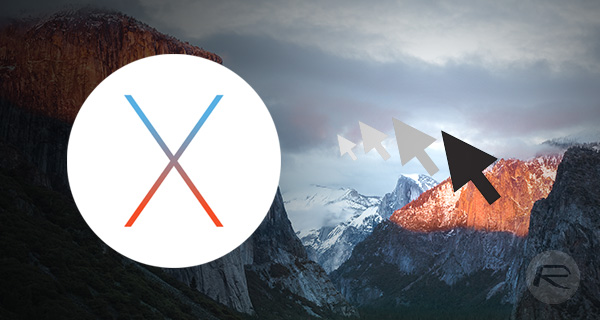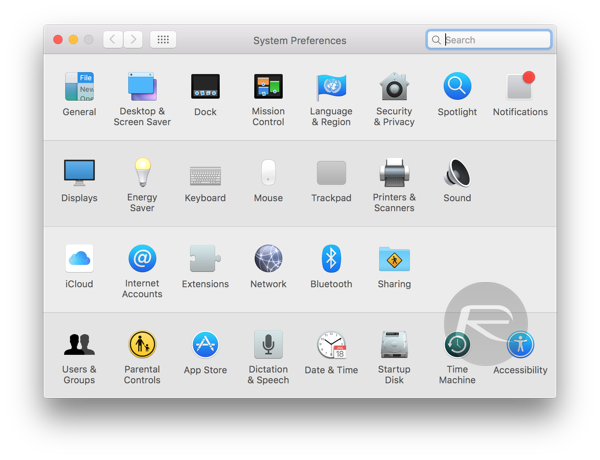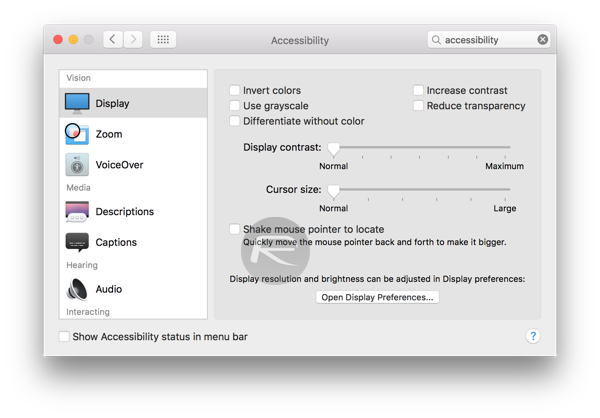Now that OS X El Capitan is available for the world to download as a free update, users are doing just that. As is always the case with new software updates, those same users are on the lookout for what new and exciting features they can try once their Mac has finished going through the update process. It’s all part of the fun!
One new feature that is part of El Capitan that many will appreciate is the ability to shake the mouse cursor in order to see where it is. While that gesture – flicking a mouse from side to side or swiping in a similar manner on a trackpad – has been used by many in order to see where their mouse cursor is on-screen, Apple has taken things a little further by using the gesture as a trigger to enlarge the pointer for a second so the user can see it more clearly. It’s great if you have a large screen and keep losing your small mouse pointer.

As tends to be the case with new features, though, not everyone likes this option and might want to get rid of it. Thankfully, Apple has made that super easy by simply adding a checkbox for the feature to the OS X El Capitan settings. Here’s what you need to do in order to turn the whole thing off.
Step 1: Open your Mac’s System Preferences.

Step 2: Click Accessibility.
Step 3: Now click Display.
Step 4: Find the Shake mouse pointer to locate checkbox and uncheck it.

Of course, should you wish to undo the feat, then ticking the same checkbox will enable your mouse shaking shenanigans once more. We like the feature ourselves, but if you find yourself activating it by accident multiple times a day, then we can understand why you may disagree.
Luckily, Apple gave us an out for that very eventuality.
You may also want to check out:
- Clean Install OS X El Capitan On Your Mac The Right Way, Here’s How [Guide]
- Make OS X El Capitan Bootable USB Flash Drive, Here’s How [Tutorial]
You can follow us on Twitter, add us to your circle on Google+ or like our Facebook page to keep yourself updated on all the latest from Microsoft, Google, Apple and the Web.

